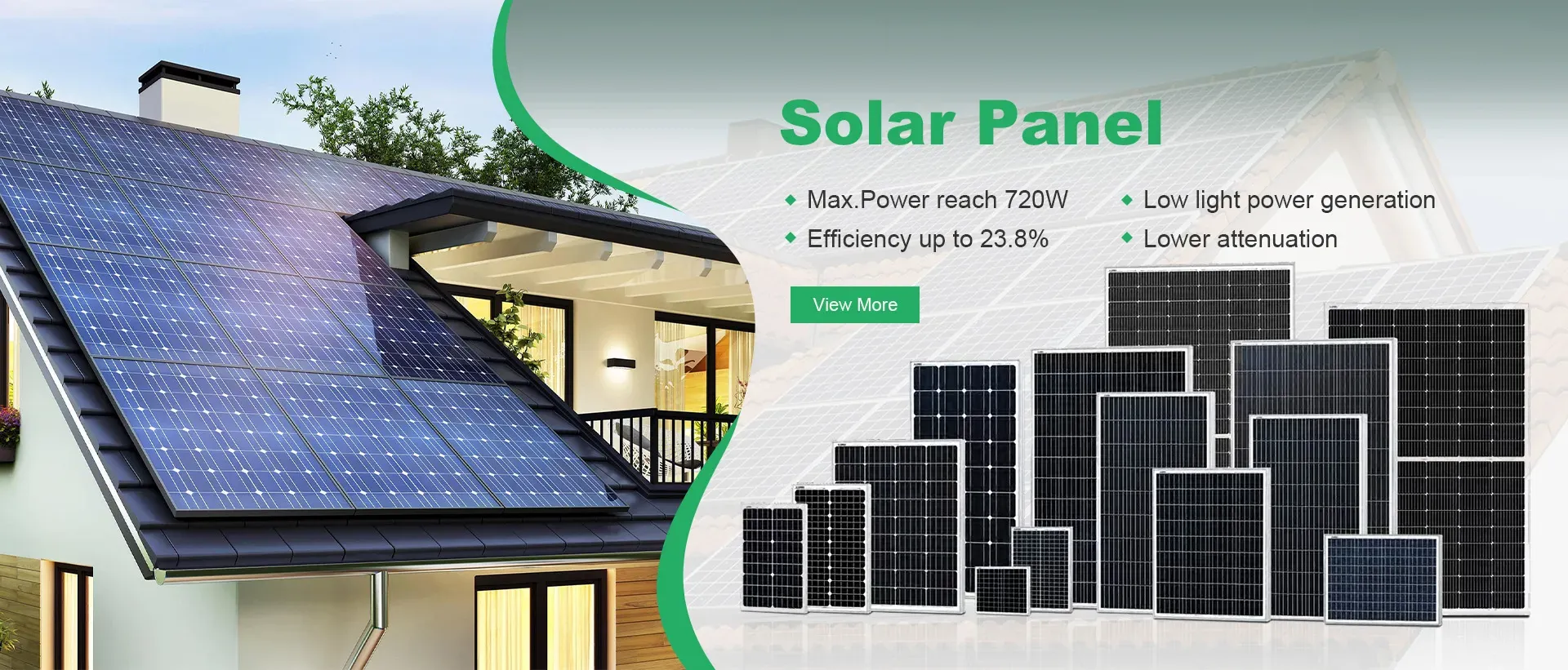monocrystalline solar panel efficiency
Understanding Monocrystalline Solar Panel Efficiency
Monocrystalline solar panels are widely recognized for their superior efficiency among various types of solar technologies. These panels, made from single-crystal silicon, are engineered to convert sunlight into electricity with high effectiveness. One of the defining characteristics of monocrystalline panels is their ability to achieve efficiency rates between 15% and 22%, with some premium models even reaching beyond this threshold.
The efficiency of a solar panel is crucial because it determines how much sunlight can be converted into usable electrical energy. Higher efficiency means that a panel can generate more power from a smaller surface area, making monocrystalline panels particularly appealing for space-constrained applications. This is especially valuable in urban environments where roof space is limited, and homeowners or businesses want to maximize their energy output without requiring extensive installations.
Several factors contribute to the high efficiency of monocrystalline solar panels. Firstly, the purity of the silicon used in their manufacturing process plays a significant role. The single-crystal structure allows for a more uniform atomic arrangement, which minimizes electron recombination and maximizes energy flow. Additionally, monocrystalline panels typically have better performance in low light conditions and higher-temperature environments compared to their polycrystalline counterparts.
monocrystalline solar panel efficiency

Moreover, advancements in technology continue to enhance the performance of monocrystalline panels. Innovations in photovoltaic technology, such as Passivated Emitter and Rear Cell (PERC) designs, increase light absorption and reduce losses, further boosting overall efficiency. These developments enable monocrystalline panels to remain competitive in the ever-evolving solar market.
Another benefit of monocrystalline panels is their longevity. Generally, they come with longer warranty periods, often around 25 years, which reflects their durability and efficiency retention over time. This reliability means that consumers can expect consistent energy production for decades, making them a wise long-term investment.
However, monocrystalline solar panels do come with a higher upfront cost compared to other types, especially polycrystalline panels. Despite the initial investment, the long-term benefits—high efficiency, space-saving features, and durability—often justify the price for many consumers.
In conclusion, monocrystalline solar panel efficiency positions these panels as a leading choice for solar energy solutions. With their superior energy conversion rates, advancements in technology, and long-lasting performance, they offer a sustainable and economically sound option for harnessing solar energy effectively. As the demand for renewable energy continues to grow, monocrystalline panels are set to play a significant role in the transition towards a more sustainable future.
-
Navigating Off Grid Solar Inverter: From Use Cases to Trusted PartnersNewsAug.05,2025
-
Solar Edge String Inverter: A Wholesaler’s Guide to Inverter Technology SelectionNewsAug.05,2025
-
Microinverters: Revolutionizing Solar Energy UseNewsAug.05,2025
-
Future of Monocrystalline Solar Panel Efficiency: Latest Technological AdvancesNewsAug.05,2025
-
Solar Panels for House: A Complete Guide to Residential Solar EnergyNewsAug.05,2025
-
Panel Bifacial Performance in Snow and Low-Light ConditionsNewsAug.05,2025







